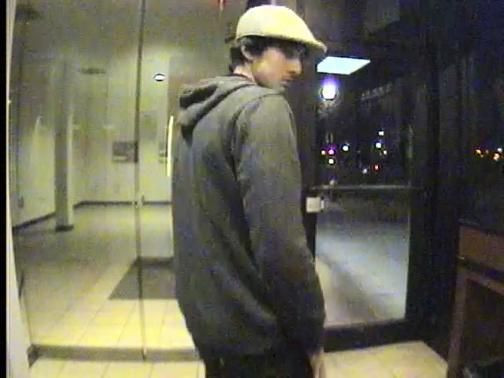Tsarnaev Testimony Key Question At Boston Marathon Bombing Trial

(Reuters) - A question looms over the trial of accused Boston Marathon bomber Dzhokhar Tsarnaev as federal prosecutors enter the final stages of their case against him: Will he testify in his own defense?
Tsarnaev's lawyers opened the trial this month with a blunt admission, saying he helped his older brother carry out the twin bombings that killed three people and injured 264 near the renowned race's finish line on April 15, 2013.
Rather than fighting to prove his innocence, defense attorneys hope to spare the ethnic Chechen from execution by persuading the jury he played a secondary role to Tamerlan Tsarnaev, 26, who masterminded the attacks and was killed after a gunfight with police later that week.
That strategy has led the defense to hang back through the first six days of the trial, allowing prosecutors to sail through 51 witnesses, including people injured by the blasts and first responders who attended to them.
When the trial resumes in U.S. District Court in Boston on Monday, prosecutors will move on to the final hours before Tsarnaev was found hiding in a drydocked boat.
After they conclude their case, it will be up to defense attorneys to determine whether to call Tsarnaev, 21, to testify. He could do so either before the jury reaches a verdict or during the sentencing phase of the trial, when jurors would determine whether to sentence him to death or life in prison.
"The prosecution is going to try to demonize him, so the defense has to try to humanize him," said James Acker, death penalty specialist and professor at the State University of New York in Albany. "It would be very hard to do that effectively without putting Tsarnaev on the witness stand."
The most aggressive cross-examination defense attorneys have undertaken so far in this trial came last week when FBI agent Stephen Kimball testified about two Twitter accounts Tsarnaev maintained, where he sent messages including "I will die young" and a joke about the Sept. 11, 2001 attacks.
Rejecting those messages as evidence of murderous intent, defense attorney Miriam Conrad pointed out that the first was a line from a Russian rap song, while the second was taken from a cable comedy program.
SINCERITY KEY
If Tsarnaev testifies and comes across as sincerely sorry for the deaths and gruesome injuries suffered by the bombing victims, that could soften the hearts of the 12 jurors and six alternates who will decide his fate, legal experts said.
"A death sentence is less likely to be imposed if the defendant testifies and is remorseful," said William Bowers, who conducted the Capital Jury Project, which polled about 1,200 jurors who sat on death penalty trials during the 1990s.
Putting Tsarnaev on the witness stand would also carry a risk, however, since it is not clear what he might say or whether he would respond angrily under questioning, experts said.
"He's going to undoubtedly want to testify so he can get his message out and the messages is that he committed these crimes in the name of Allah," said Boston defense attorney Geoffrey Nathan, who is not involved in the case.
The jury this week viewed a note that prosecutors say Tsarnaev wrote on the hull of the boat where he was found hiding, suggesting the attack was an act of retribution for U.S. military campaigns in Muslim-dominated countries.
"I can't stand to see such evil go unpunished," the note read. "We Muslims are one body, you hurt one you hurt us all."
Tsarnaev has not spoken during the proceedings, sitting quietly with his lawyers, who may still be deciding whether to put him on the stand, said Robert Bloom, a professor of law at Boston College.
"It's his counsel's call and that call is based on what kind of impression he would make to the jurors," Bloom said. "It's a risky move, no matter how you cut it."
(Reporting by Scott Malone; Editing by Tom Brown)
© Copyright Thomson Reuters 2024. All rights reserved.





















